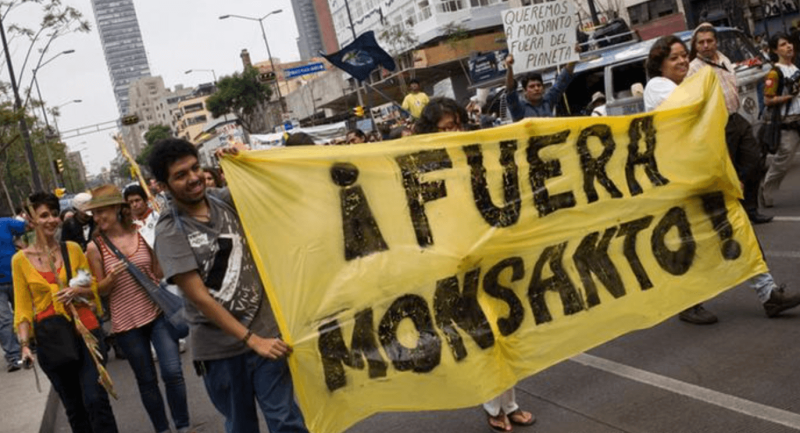The last decade was remarkable for a rise in antiscience activities, especially in the areas of climate change, air pollution, and synthetic chemicals, to name a few. In the biological and biomedical sciences, vaccines and vaccination programs became targets, as did gene editing, genetically modified crops, and other biotechnologies.
Antiscience activists linked illnesses such as cancer or Lyme disease to conspiracies and cover-ups. In parallel, several populist governments worked to enact restrictions or slash budgets to imperil the future of research institutions in Brazil, Hungary, Italy, and the United States. Some have voiced concerns that we might enter a new “post-truth” era, which could mean an expansion of attacks on both science and scientists.
[Editor’s note: Peter Hotez is a researcher at Texas Children’s Hospital Center for Vaccine Development, National School of Tropical Medicine, Baylor College of Medicine.]
…
The antivaccine movement is highly visible, but it is not the only antiscience movement gaining in strength and access. I loosely define an “antiscience movement” as an organized and funded rejection of science and scientific principles and methods in factor of alternative views, often linked to the targeting or harassment of individual scientists.
We are now seeing this play out in other areas, including those highlighted earlier. I am especially concerned that biomedicine’s latest and cutting-edge biotechnologies such as OMICs and CRISPR gene editing will come under attack and block scientific progress that require these approaches. Without substantial efforts to counter them, I believe that organized antiscience movements will continue to gain ascendancy in the coming decade of the 2020s.
…
Ultimately, combating antiscience movements and their organized activities will require a complex response and, likely, the involvement of major governments working in public–private partnerships. For the biomedical sciences, and possibly other fields, I believe that a critical element must include expanded visibility for scientists themselves, who are both “in the mix”—meaning active in their fields, publishing papers, writing grants, and speaking at scientific meetings—and simultaneously comfortable with engaging the public and who are versatile in using modern tools of written and oral communication.
…
Currently, there is a vacuum enabling the proliferation of attacks against science, from vaccines to climate change. Therefore, while I am mostly focused on combating the antivaccine movement, in fact, antiscience activities are far more rampant and extend across many areas. Ultimately, we can help defeat antiscience movements by creating a cadre of top-flight scientists ready to engage and incentivized and promoted based on their successes.































